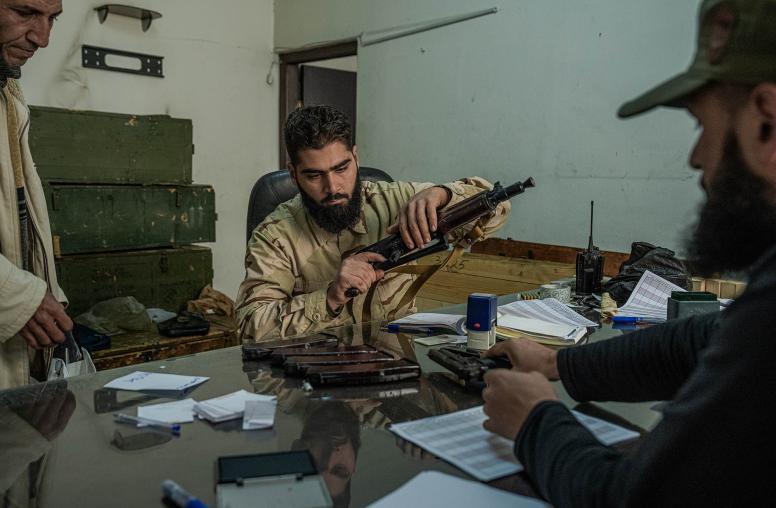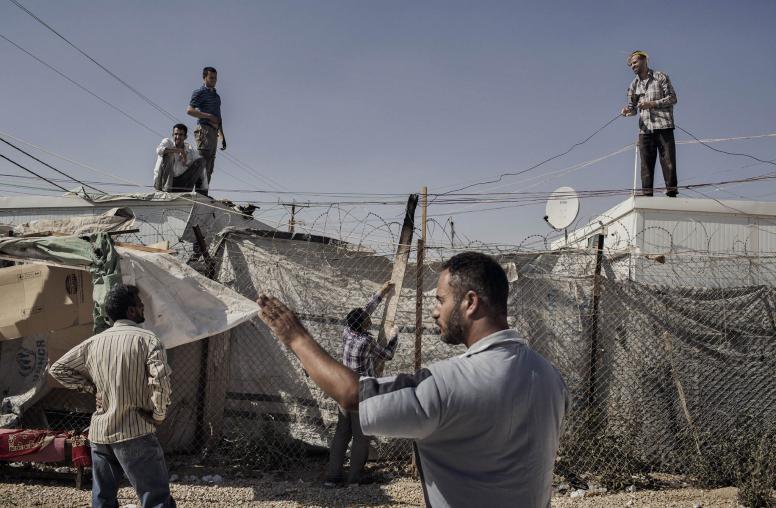Winter Won’t Wait: The Escalating Humanitarian Crisis in Syria and Beyond

The gravity of Syria’s humanitarian crisis will deepen this month as the country moves into its coldest period of winter.
Well into its second year, the conflict in Syria has killed tens of thousands of civilians. The Office of the United Nations High Commissioner for Refugees estimates that there are more than 500,000 refugees in neighboring countries - with many more unregistered and excluded from official counts - and over 2 million internally displaced persons. Some 2,000-3,000 Syrians cross into neighboring countries each day.
Within Syria and around its borders, residents and those who’ve fled the fighting face dangerous shortages of food, fuel, medical supplies and shelter. The rebel-held western village of Halfaya, where government forces bombed a bread line on Dec. 23, had been without the basic ingredients of the dietary staple for a week until an aid group delivered flour a day earlier.
January is typically the coldest month in Syria. Many Syrians fled their homes months ago with very few belongings, not imagining they would be gone for so long. To bring clothing appropriate for winter was not a thought in most of their minds at the time. While inadequate shelter is dangerous in any situation, the lack of a roof overhead or proper heating becomes lethal in cold weather, especially when it rains or snows. Without shelter, fuel and warm clothing, many more Syrians risk injury or illness related to the cold.
“Ordinary Syrians are facing three dangers: insecurity, lack of essential basic commodities and the rigors of winter,” UN Regional Humanitarian Coordinator for Syria Radhouane Nouicer said in a Dec. 24 statement. “And all three are killers.”
The UNHCR estimates that 25 percent of Syria’s population needs humanitarian relief. On December 19, the United Nations launched the largest short-term humanitarian appeal in its history to raise the funds necessary to meet the demand. The two plans for the delivery of this assistance call for $1.5 billion during the first half of this year: The 2013 Syria Humanitarian Assistance Response Plan (SHARP) seeks approximately $500 million for an estimated 2 million internally displaced people, while the Syria Regional Response Plan (SRRP) calls for $1 billion to support as many as1.1 million Syrian refugees who have fled to Jordan, Turkey, Lebanon and Iraq.
The level of aid sought by the two plans has been increased several times to reflect the worsening humanitarian crisis and growing need. The UN World Food Programme (WFP) warns that food insecurity is increasing across much of the country. To make matters worse, many aid workers are no longer permitted to work within Syria. The few who are still operating inside the borders often are unable to effectively deliver provisions due to road blocks, regime restrictions or violence – both targeted and indiscriminate. As of early December, only 20 international and 100 Syrian national WFP staff remained in-country to support an operation aimed at feeding 1.5 million Syrians.
Rachel Brandenburg is a USIP Program Officer for Middle East Initiatives who formerly worked in the State Department’s Office of Middle East Transitions.


